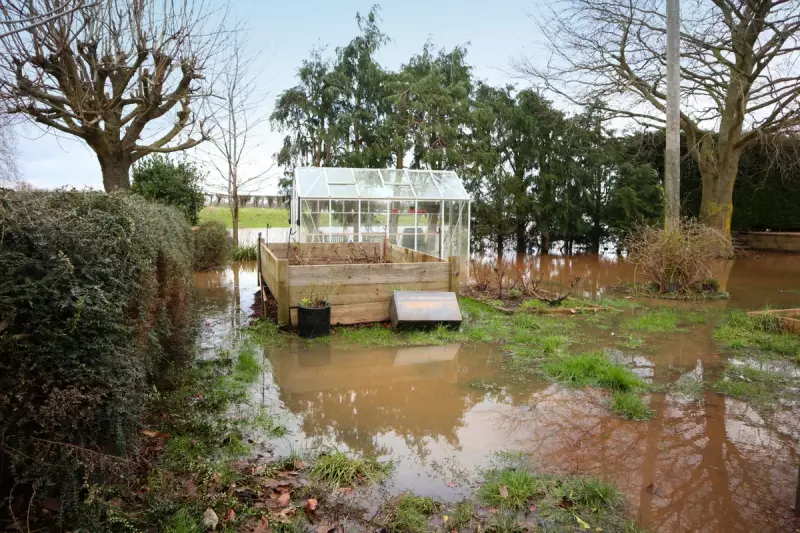
As Britain faces another winter of relentless rainfall, gardens across the country are battling against saturation and flooding. The Independent's gardening experts have compiled essential strategies to help your outdoor space survive the deluge.
Immediate Action Steps for Flooded Gardens
When your garden becomes waterlogged, swift intervention can mean the difference between plant survival and complete loss. Start by creating temporary drainage channels to redirect excess water away from vulnerable plants and lawn areas.
Protect Your Lawn from Water Damage
Aerating your lawn becomes crucial during wet periods. Use a garden fork to create holes approximately 15cm deep, allowing oxygen to reach grass roots and improving water absorption. Avoid walking on saturated lawns to prevent soil compaction.
Emergency Plant Rescue Techniques
Container plants require immediate attention during heavy rainfall. Elevate pots using bricks or specialised pot feet to ensure proper drainage. For plants sitting in waterlogged soil, consider temporary relocation to higher ground or containers until conditions improve.
Long-Term Flood Prevention Strategies
Smart garden planning can significantly reduce future flooding risks. Incorporate these elements into your garden design:
- Rain gardens: Create shallow depressions planted with water-tolerant species that naturally absorb excess rainfall
- Permeable paving: Opt for gravel paths or porous surfaces that allow water infiltration rather than runoff
- French drains: Install simple drainage systems to channel water away from vulnerable areas
Choose Flood-Resistant Plants
Selecting appropriate vegetation can make your garden more resilient. Consider moisture-loving plants like astilbe, hostas, and ferns for areas prone to water accumulation. These species not only survive but thrive in damp conditions.
Post-Flood Garden Recovery
Once waters recede, assess damage carefully. Remove debris and wash mud from plant leaves to restore photosynthesis capability. Test soil pH as flooding can alter acidity levels, then apply appropriate soil amendments.
With climate change increasing winter rainfall intensity across the UK, these proactive measures could save your garden from becoming another casualty of Britain's increasingly unpredictable weather patterns.





